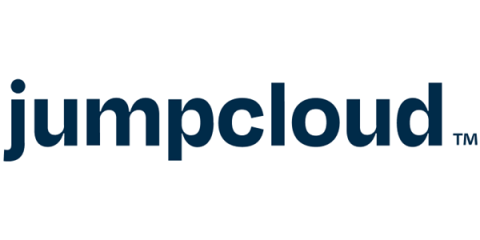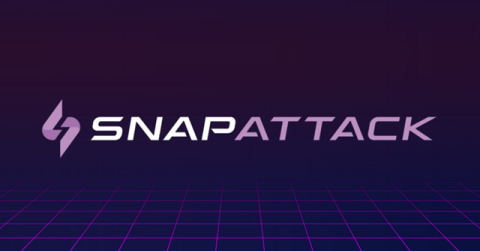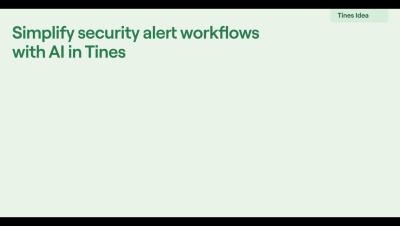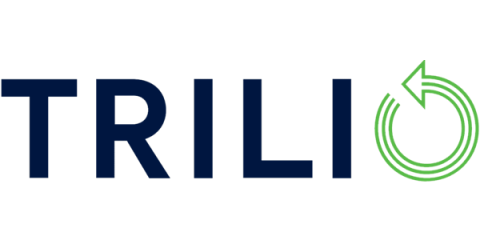5 Proven Benefits of Managed Cloud Security
Managed Cloud Security is an IT model that involves outsourcing the monitoring and security operations of cloud-based infrastructure to specialised third-party providers. This enables internal IT teams to concentrate on proactive initiatives rather than being bogged down by day-to-day security management, making it a strategic choice for organisations of all sizes. This approach integrates automation to enhance data breach protection, providing real-time threat alerts and ensuring regulatory compliance.











